This afternoon The Duchess of Cambridge made a visit to Bletchley Park, near Milton Keynes, to view a special D-Day exhibition. The exhibition is to mark the 75th anniversary of the D-Day landings in June this year.
This was the second visit to the war-time codebreaking site for Kate, the last time being in 2014. Her paternal grandmother, Valerie Glassborow, and her great-aunt, Valerie’s twin-sister Mary, worked at Bletchley during the Second World War.
Embed from Getty Images Embed from Getty Images
Today The Duchess of Cambridge is visiting @BletchleyPark to view a special D-Day exhibition in the newly restored Teleprinter Building, marking the 75th anniversary of the D-Day landings. pic.twitter.com/a5QyqgIiXF
— Kensington Palace (@KensingtonRoyal) May 14, 2019
The Duchess got to meet Elizabeth Diacon, who served at Bletchley from 1944 to 1945 as a WAAF shift supervisor, and Georgia Rose, who served from 1943 to 1945 as a teleprinter operator and Morse slip reader. Both women worked to feed crucial information to Allied forces in the critical months, weeks and days leading up to the D-Day invasion of Europe.
The group chatted about what it was like to work during such tense times, and what they remembered about the build up to D-Day itself. “It’s so lovely that it’s been celebrated,” the Duchess said. “My grandma never talked about it because she felt so protective.”

the duchess of cambridge speaks to four women who served at bletchley park as part of the war effort (kensington royal)
Valerie Glassborow worked in Hut 16, which is no longer standing. After the war, Valerie married Peter Middleton; her son Michael is The Duchess of Cambridge’s father. Valerie Middleton died in 2006 without ever speaking publicly of her wartime service. Touchingly, Catherine wore a brooch which had belonged to Valerie for the occasion.
The royal visitor also spoke with the veterans about “letting their hair down” after they had finished their shifts.
Catherine was also shown a new memorial wall which contained the names of those who were veterans of the war who served at Bletchley Park. The Royal given a nice surprise by the Bletchley staff, who had dedicated two bricks on Bletchley’s Codebreakers’ Wall to Valerie and Mary.
Bletchley Park was purchased in 1938 by Hugh Sinclair, head of the Secret Intelligence Service, ahead of hostilities in Europe; Sinclair chose this particular location because it was adjacent to the ‘Varsity Line’ between Oxford and Cambridge, whose universities were expected to supply many of the codebreakers that would be needed in the fight against Nazi Germany.
Personnel at Bletchley included Alan Turing, Hugh Alexander and Peter Twinn. In January 1945, at the peak of codebreaking efforts, over 10,000 personnel were working at Bletchley.
The new exhibition ‘D-Day: Interception, Intelligence, Invasion’, is based on newly declassified material, and shows how the intelligence effort coordinated at Bletchley helped specifically in the success of the D-Day landings at Normandy. This is often seen as a turning point in the war for the Allies.

The mansion house at Bletchley Park, the hub of Britain’s codebreaking and intelligence services during WWII (Scott Dexter, cc license)
“This exhibition portrays the vital link between the men and women at Bletchley Park, and their counterparts on the battlefield, and shows how good intelligence could make the difference on the beaches of Normandy between life and death, success and failure,” David Kenyon, a historian at the museum, explained.
The exhibition in placed in the newly-restored Teleprinter Building. The Teleprinter Building served as a key wartime communications hub during the Second World War; the building is where hundreds of thousands of intercepted messages first arrived at Bletchley Park from secret listening posts across the UK, and Ultra Intelligence was transmitted to Allied headquarters.
Kate met with visiting children from Akeley Wood School participating in the new interactive STEM learning activities for budding codebreakers. The workshop enabled the youngsters to take on the role of codebreakers in June 1944, including using a real Enigma machine.

kate, the duchess of cambridge helps schoolchildren with codebreaking (kensington royal)

kate uses the enigma machine (kensington palace)
Messages they practised on included ‘the invasion has begun’, for which the Duchess punched the buttons on the Enigma machine.
Clearly proud of her grandmother, the Duchess told the children: “My Granny and her sister worked here which is really cool.
“She was sworn to secrecy and she found it very difficult to talk about.”
The children gifted the Duchess with cuddly toys – a squirrel, fox, owl and rabbit – for Prince George, Princess Charlotte, Prince Louis, and the newest royal arrival, Archie Mountbatten-Windsor. Catherine told the school children, “They love wild animals. They will after these!”

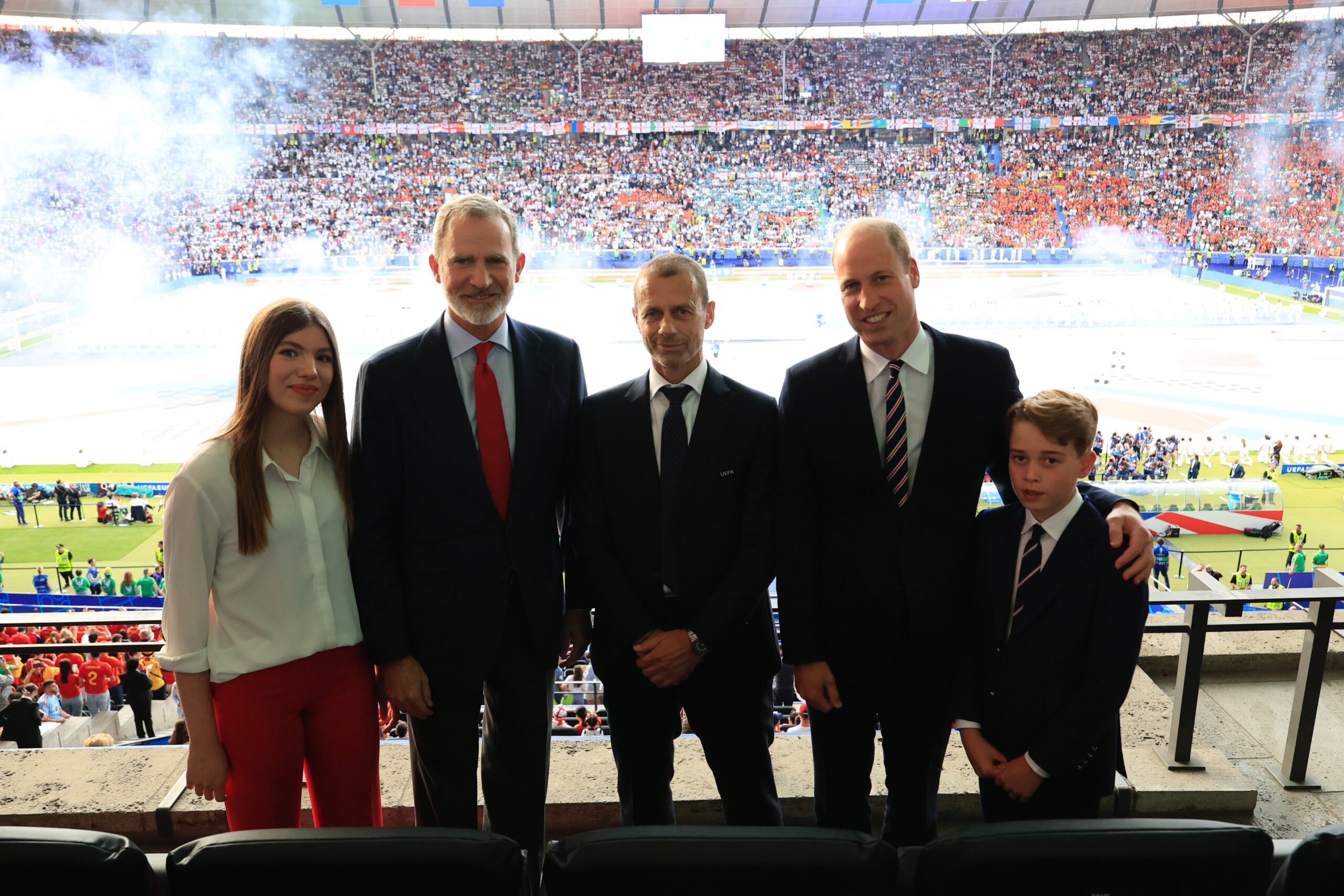
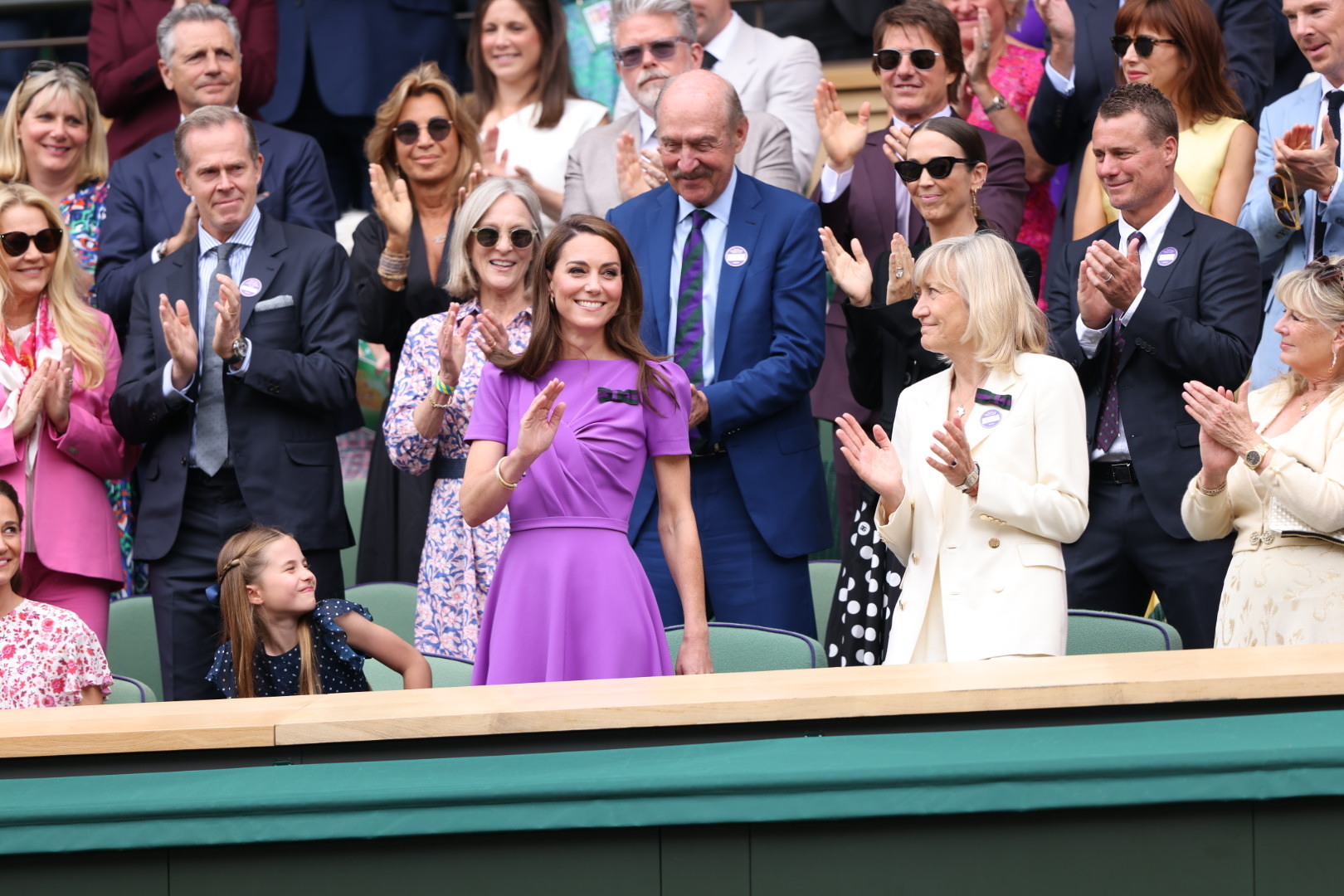
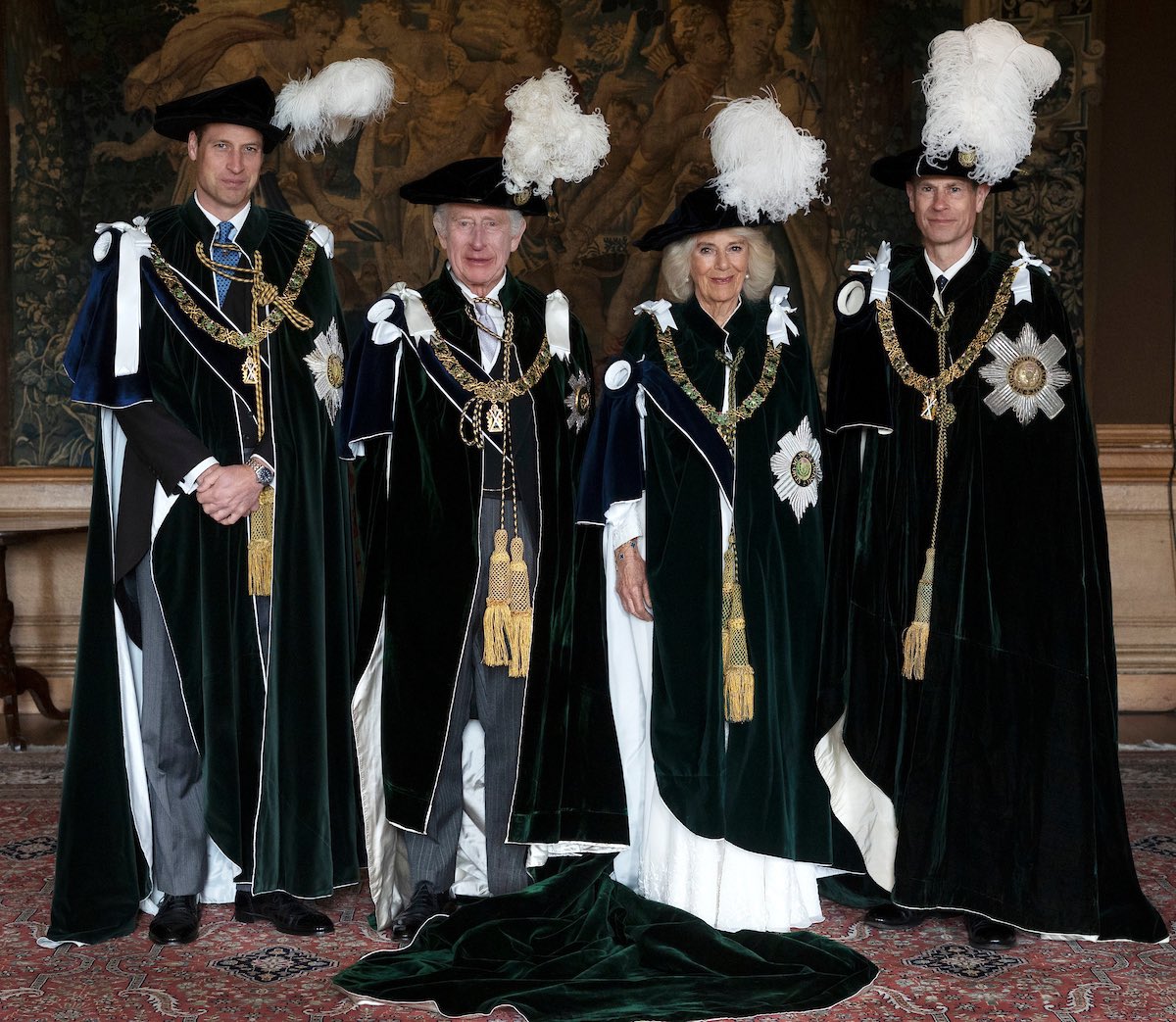


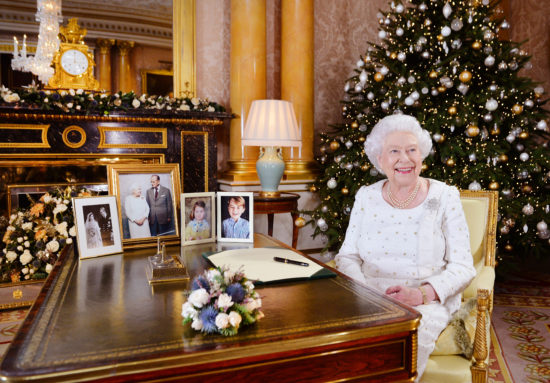
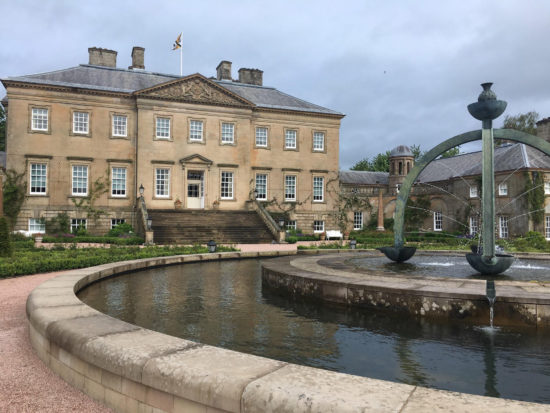
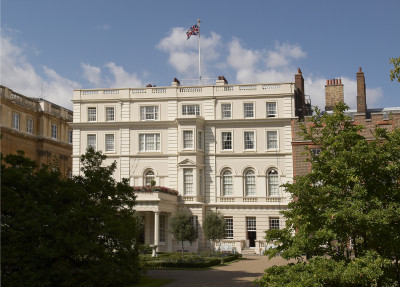
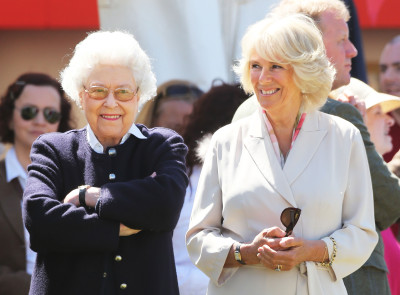
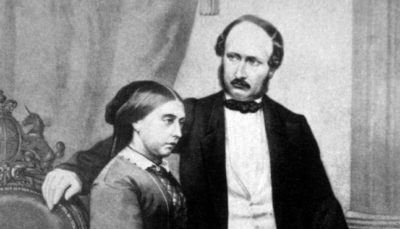
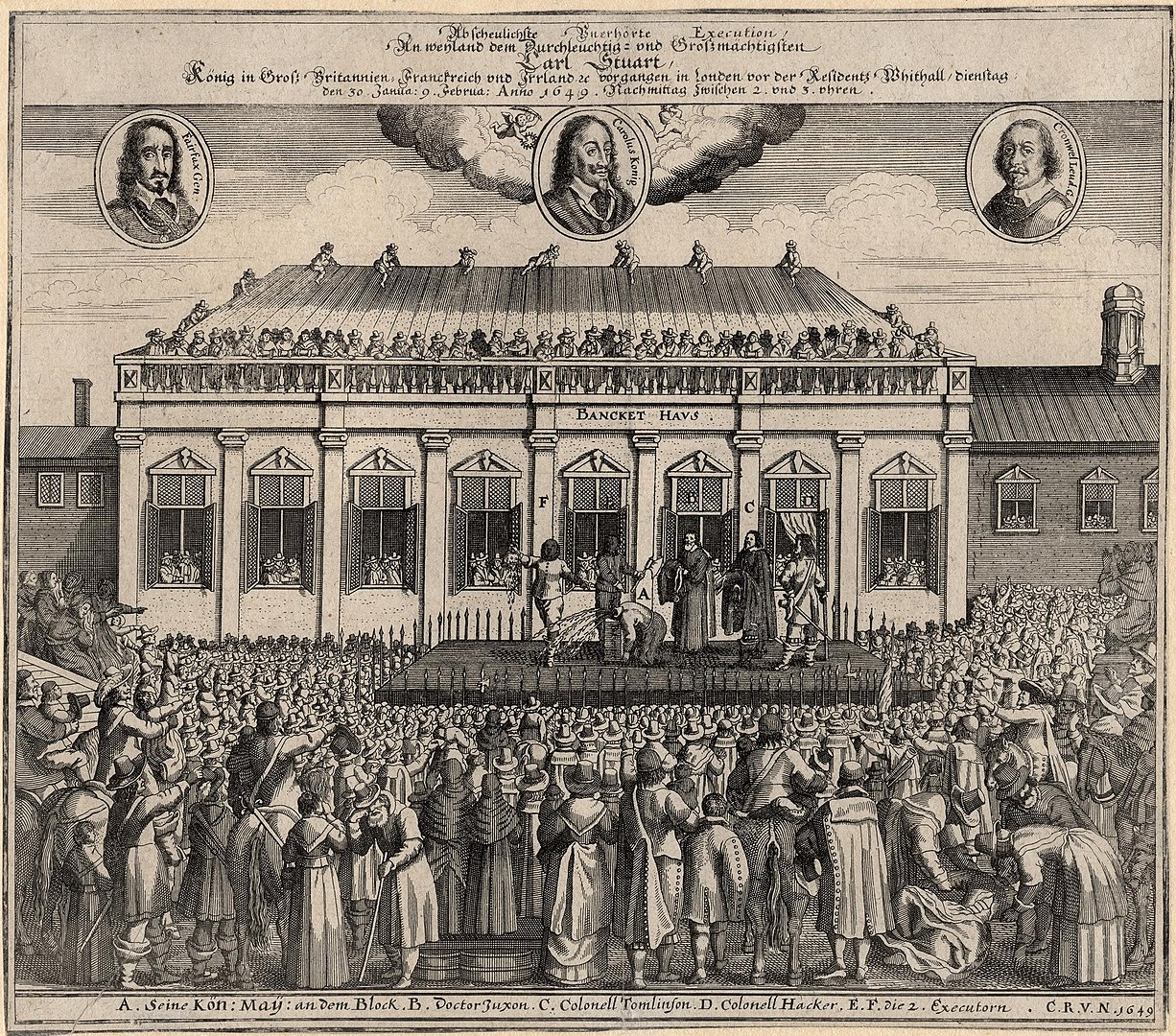
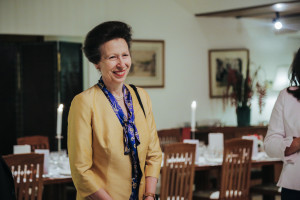
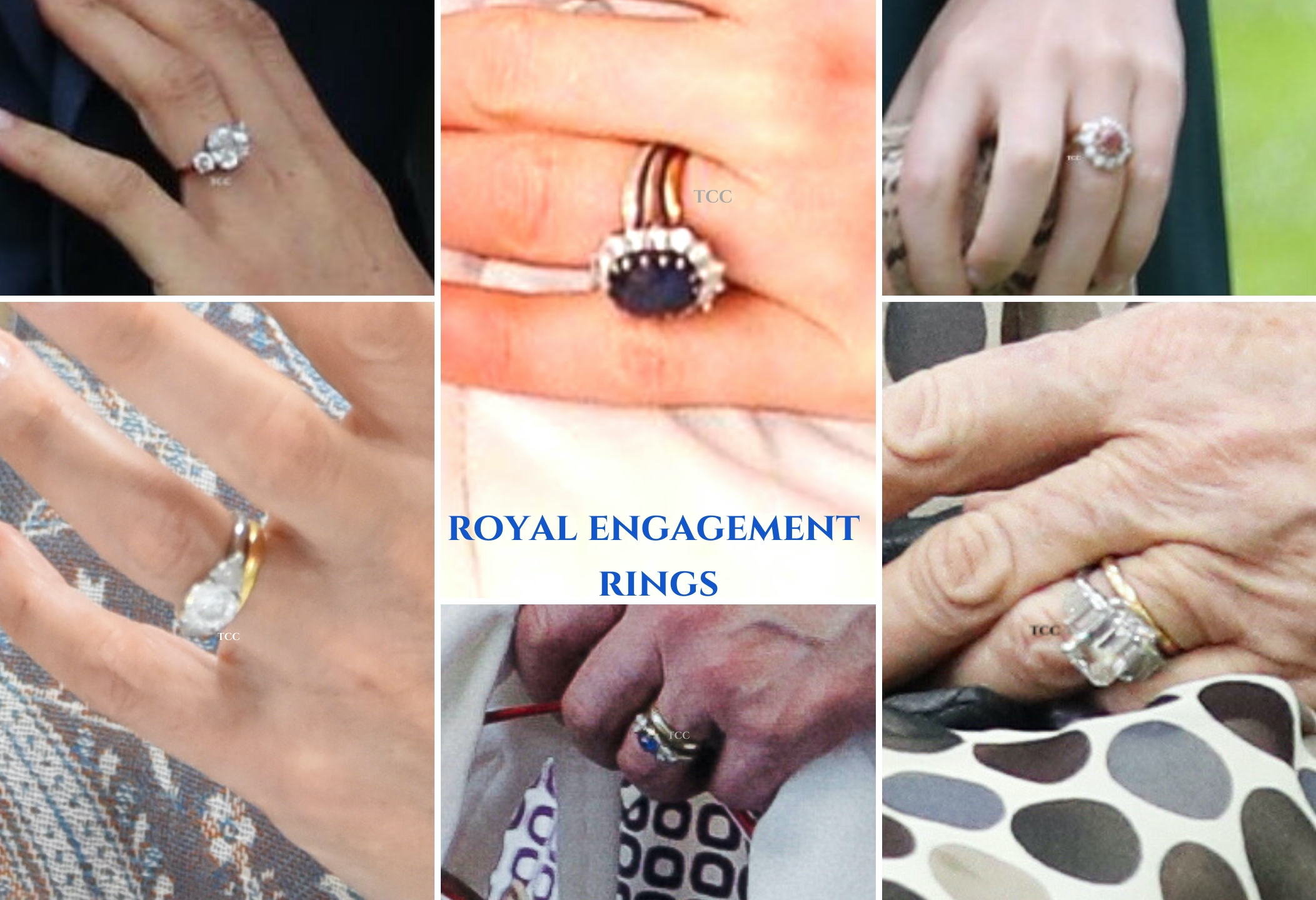
1 comment
https://twitter.com/RoyalFamily/status/1096047541169336320
Catherine’s visit to bletchley park reminds me of Queen Elizabeth Ⅱ’s visit to GCHQ office to commemorate the 100th anniversary of its establishment at Watergate House. on february 14, 2019. which is the UK’s intelligence security and cyber agency. catherine must be very proud of her grandmother, valerie and her aunt, mary very much.